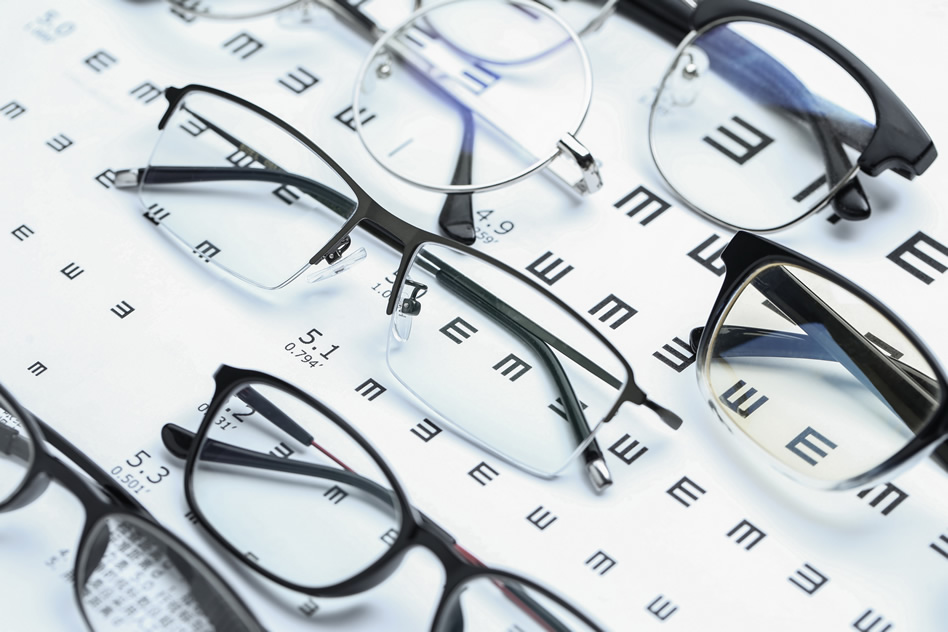Have you considered how much you’ll pay for your eyeglasses now that you know your vision is impaired enough that you need to get glasses? You might need to wear prescription glasses for some occupations, but depending on the environment, you could need a specific kind or shape of the lens.
This article will discuss what prescriptive eyeglasses are, the cost of prescriptive eyeglasses in Kenya, and the different types of prescription eyeglasses.
What are Prescriptive Eyeglasses?
An optometrist or ophthalmologist prescribes prescriptive eyeglasses to correct vision. They usually have a corrective lens on each eye that helps to focus light on the retina, resulting in a more precise image.
The eyeglasses are made to match the specific prescription of the individual. The eyeglasses lens comprises two parts: the concave lens and the convex lens.
Prescriptive eyeglasses are different from other types in that they are designed to correct vision problems. Unlike reading glasses or sunglasses, which magnify or filter light, prescriptive eyeglasses contain lenses specifically shaped to correct refractive errors.
That means they can correct problems like nearsightedness, farsightedness, and astigmatism. Prescriptive eyeglasses can also correct presbyopia, which causes difficulty focusing on objects close up.
What is the Cost of Prescriptive Eyeglasses in Kenya
The cost of prescriptive eyeglasses can vary depending on several factors. The most crucial factor is the prescription itself. The more complex the prescription, the more expensive the glasses will be. Other factors that can affect the cost of glasses include the type of lenses, the frame, and any special treatments or coatings that are applied to the lenses.
The most basic type of prescriptive eyeglasses is called single-vision glasses. The cost of these prescriptive eyeglasses is ksh3,000. However, if you need glasses for both near and far vision or special features like anti-glare coating, the price can go up to Ksh20,000 or more.
The cost of the lenses is usually the most expensive part of the glasses. If you have a complex prescription, you may need to get lenses made of special materials. These lenses can be very expensive. The frame is also a significant part of the cost of the glasses.
You can find frames made of different materials, and the cost will vary depending on the material. Special treatments and coatings for the lenses can also add to the cost.
If you are considering getting prescription eyeglasses, you should talk to your eye doctor about the cost. They will be able to give you an estimate of the cost based on your specific prescription.

Different Types of Prescription Eyeglasses
Whether you are nearsighted, farsighted, or require multiple prescriptions in a single lens, various prescription eyeglasses meet your visual demands. Here are a few examples of the various kinds of prescription lenses that an eye doctor could recommend for you.
- Single Vision – Single vision prescription lenses treat a single kind of vision issue, such as astigmatism, hyperopia, or nearsightedness. Every part of the lens has the same level of vision correction.
The most popular type of single-vision reader is full-frame glasses. Single-vision lenses are smaller and sit at the end of your nose for simpler up-close and distant seeing; they are also available in half-frame reading glasses.
- Progressive-Progressives are multifocal lenses with close, middle, and distant fields of vision. Progressives need to have a clear distinction between their recommendations. That enables the wearer to see between close-up items and a great distance away with ease and smooth transition.
Progressive lenses can be the best option if you need help seeing well at different distances. You can see clearly at various distances with the help of these lenses without removing your glasses or changing to a different pair.
- High-index lenses: You could anticipate having thick glasses if your prescription is strong. High-index lenses, however, are changing that.
Strong prescription wearers would benefit most from these lenses because they are substantially thinner and lighter.
- Bifocal lenses allow their wearer to see both up close and far away. Two prescriptions are included in a single lens with bifocals.
The upper portion of the eyeglass lens is for distant vision, and the bottom is for near vision.
- Varifocal Lens -This electronic focusing lens is the latest development in eyeglass technology. These lenses can automatically focus on objects at different distances, making them ideal for those who need glasses for both near and far vision.
Traditional bifocal or trifocal lenses have a line that divides the lens into two or three sections, each with a different prescription. That can disrupt your vision and make it difficult to see objects between the different prescription areas.
With electronic focusing lenses, there is no line or visible division between the different prescription areas. Instead, the lenses can electronically focus on objects at different distances. That makes for a much smoother and more natural visual experience.
Conclusion
When it comes to choosing the right prescriptive eyeglasses, there are a few things you need to take into account. First, you must ensure that the eyeglasses you choose are the right prescription for your eyes.
It’s also important to ensure that the eyeglasses you choose are comfortable to wear.
Finally, consider the cost of prescriptive eyeglasses. Prescription eyeglasses can be expensive, so you must ensure you can afford the pair you choose.
Check our new arrivals here.

